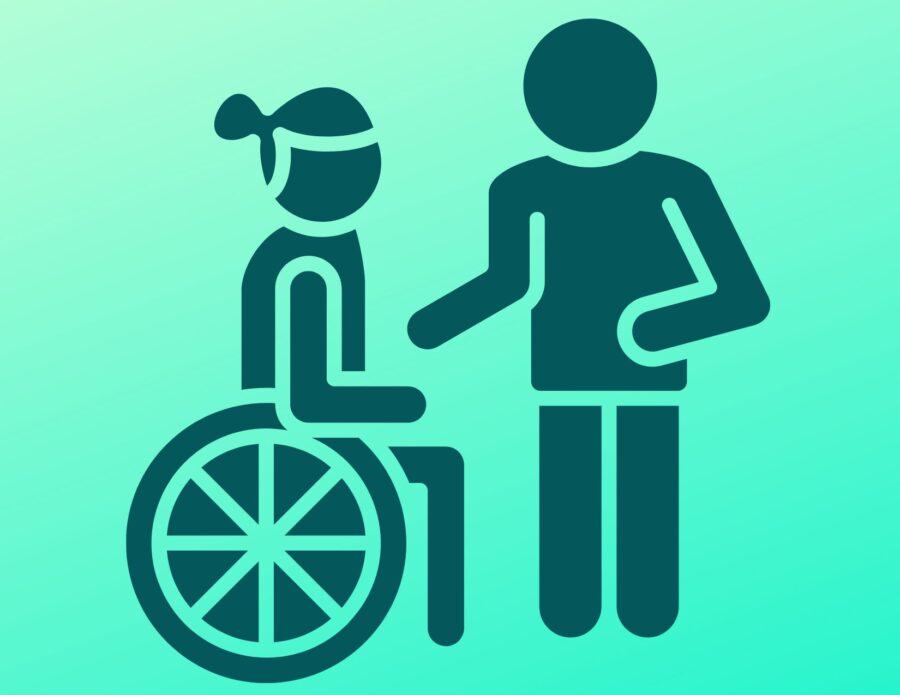Caregiving is not easy. It’s not easy for the one providing care nor for the one receiving care. Whether you are caring for a child/adult with a disability, an elderly family member, or someone who is sick, providing care comes with a lot of demands and responsibilities. These demands and responsibilities can take a toll on the most resilient care provider, leading to a decline in physical, mental, and emotional health! That is why taking a break is so important. Not to just the care provider, but the one receiving care as well. That is where Respite Care comes into the picture.
Respite care is a type of temporary, short-term relief for primary care providers. It gives these family members and/or caregivers a break from their responsibilities. This break allows for rest, recharge, a chance to attend to their own needs, take care of other responsibilities, travel, or spend time with other family and friends. The care may last anywhere from a few hours to several weeks at a time. Respite care can take place in various settings, including at home, in specialized facilities, or in community-based programs like an adult day care center. Respite care can be beneficial for both the caregiver and the person receiving care. It helps prevent caregiver burnout, reduces stress, and improves overall well-being for both parties. Additionally, respite care can provide the individual receiving care with opportunities for socialization and engagement in activities outside of their usual routine.
Finding someone qualified to care for your loved one can be overwhelming. The care of an elderly family member/friend, a person who is ill, a family member with multiple and severe physical disabilities, is a 24-hour-a-day commitment and a lot of work. For that reason, most caregivers prefer someone they trust in the home: a family member, other relative, or trusted friend. California does provide programs where family members can be paid to provide care. But, it’s important to realize that not everyone will be eligible to participate in these programs. Paying for respite care can be expensive. But there are some ways to possibly get assistance. Whether you have state funding programs available, insurance that covers the cost, or private sources, you may be able to receive help.
Here are some Resources…
Find Your California Local Regional Center Here
California Caregiver Resource Center Here
Types of Respite Care Here
How to Pay for Respite Care Here
How to Get Paid Yourself Here
Download 9 Steps To Respite Care
Download ABCs of Respite



